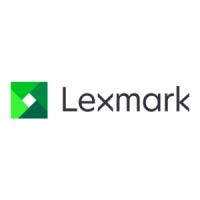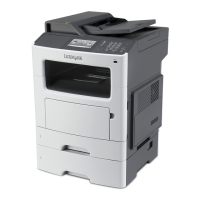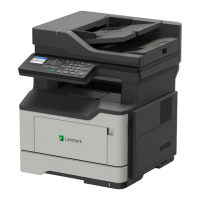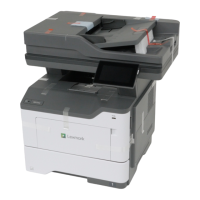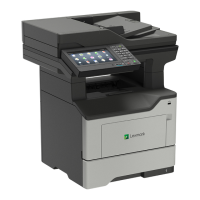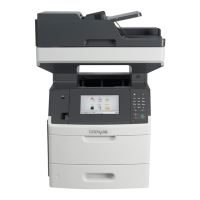What does 'Replace unsupported cartridge [32.xy]' mean on Lexmark All in One Printer?
- KKristopher FernandezSep 5, 2025
This message indicates that you need to remove the current toner cartridge and install a supported one to clear the message and continue printing.









